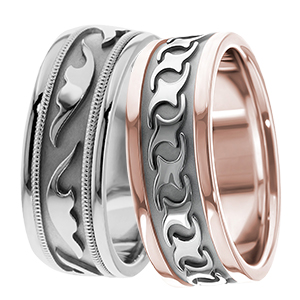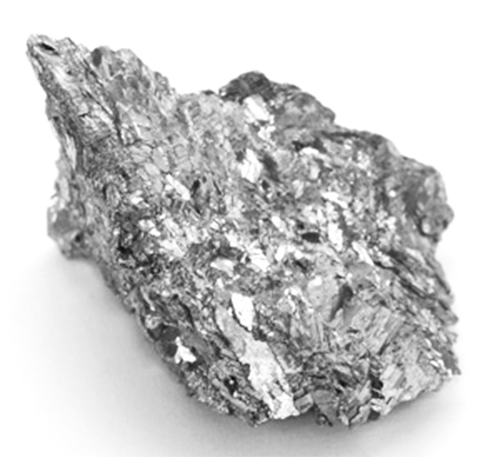- 800-275-1257 ×
-
ALL DEPARTMENTS
 WEDDING BANDS
WEDDING BANDS ENGAGEMENT RINGS
ENGAGEMENT RINGS DIAMOND RINGS
DIAMOND RINGSJEWELRY & GIFTS
- MY ACCOUNT Hello. Sign In
- CONTACT US
- Price Match Guarantee

Palladium was discovered in 1803 by William Hyde Wollaston, and named after the asteroid Pallas, first sighted in 1801. Wise designers have been using palladium to make jewelry since 1939. Palladium is a rare and lustrous silvery-white metal that, together with platinum, rhodium, ruthenium, iridium and osmium, form the group of elements known as the platinum group metals.
Found in Canada, Australia, Africa, and South and North America, the vast majority of palladium used in the United States is mined in North America. The Stillwater Mining Company, located in Montana, is the only source of palladium in the United States and has received awards for its green mining practices.
TOUGH: Palladium is strong and durable. It is low density, which means it weighs less than platinum - allowing bigger and bolder jewelry designs to be created and worn with ease. Palladium is from the same family of precious metals as platinum and shares its strength. Plus, since it's naturally white, there's no expensive maintenance to keep it brilliant for life.
SEXY: Palladium is becoming the metal of choice for a growing number of fashion-forward jewelry designers and is typically less expensive than platinum , making it the preference for savvy shoppers who want affordable luxury.
SENSITIVE: Those allergic to some other metals will love palladium's purity. Palladium is pure because it gets its color and luster from nature. Other metals that are not naturally white are mixed with nickel to appear white - and nickel can cause allergic reactions.
Palladium (atomic symbol Pd) is a platinum group metal (PGM). It is the lightest (least dense) and has the lowest
melting point of the group. Palladium is naturally white, not requiring rhodium plating for use with jewelry. It is malleable and ductile in its pure form, but too soft for jewelry unless alloyed. As an alloy containing 950 parts of palladium for jewelry purposes, it is more “pure” than white gold alloys, but the additional elements make it harder and more durable in the as cast condition. Its hardness significantly increases as it is cold worked making it ideal for jewelry and palladium wears similarly to platinum. Palladium resists oxidation at ordinary temperatures but will discolor at soldering temperatures, become brittle with careless, excessive and repeated heating and cooling cycles, and react with strong acids. One of its characteristics that cause it to be sensitive to certain jewelry manufacturing procedures is its ability to absorb considerable amounts of hydrogen and other gases especially when molten
Palladium alloys for jewelry manufacturing have a high purity level. They are primarily alloyed with other platinum group metals and other metals for a wide variety of manufacturing methods.
950 palladium has a specific gravity of 11.8., similar to white gold (most 14-karat white gold alloys are around 12.7) and almost half that of platinum making it very comfortable to wear larger pieces.
Palladium is naturally white and does not require repeated rhodium plating to keep the finished piece white during normal wear.
White gold rings have a certain amount of nickel in them. Palladium rings have no nickel in them and are the perfect choice for those with sensitivity to nickel. They are hypoallergenic – unlike white gold rings.
Palladium is harder than white gold too, making palladium rings and wedding bands incredibly durable. And because there are no alloys in a palladium ring that can tarnish and cause spotting, these rings are virtually tarnish proof.
Palladium rings have better luster and shine than does a white gold ring. And because the metal holds up to friction better than white gold, a palladium prong will hold up much better and last longer than does a white gold prong.
Palladium wears similarly to platinum. As with any piece subjected to daily use, palladium jewelry will show surface wear over time. Surface wear is easily restored by cleaning and re-polishing—a regular practice performed by most retail service departments. Palladium alloyed for jewelry is 95 percent pure. Common alloy ingredient is ruthenium.